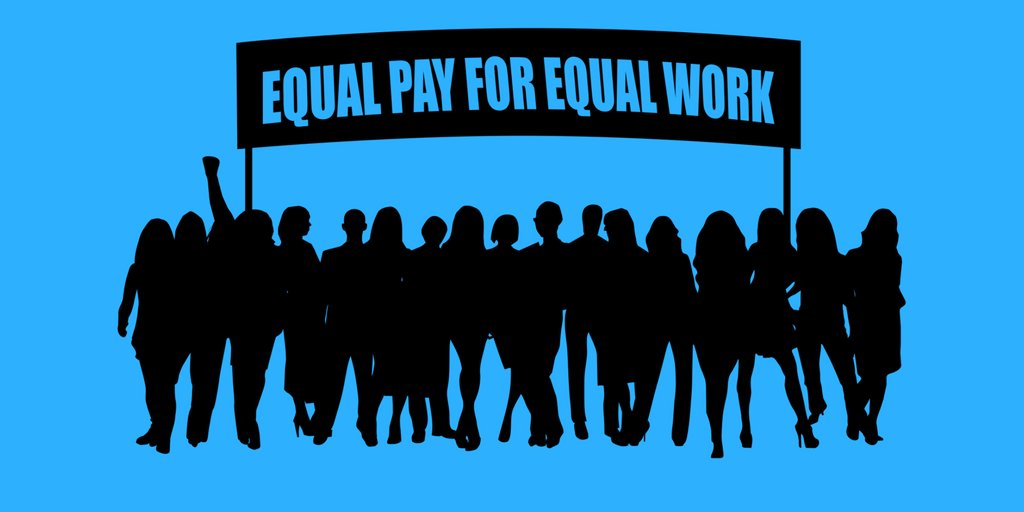Today is Equal Pay Day, which symbolizes how far into the year the average woman has to work in order to earn as much as a man earned in the previous year. Equal Pay Day encourages us to reflect on the challenges and opportunities surrounding the persistent gender wage gap.
The average woman earns just 80 cents for every dollar a man makes, and the wage gap is even worse for women of color. For every dollar paid to a white man, African American women earn just 61 cents, Native American women earn just 58 cents, and Latina women earn just 53 cents.
In addition, mothers face a larger wage gap than women without children. Nationally, mothers earn just 71 cents for every dollar earned by their male counterparts, which translates into an average income loss of $16,000 per year. Without access to policies like paid family leave and workplace accommodations during pregnancy, many mothers are pushed out of the workforce altogether, further exacerbating the gap in earnings.
Many of the states with the worst pay discrepancies for women are located in the south. Louisiana has the largest wage gap of any state in the country, with women earning just 69% of what men earn, on average. Alabama (73%), Mississippi (77%), and South Carolina (77%) are also among the states with the largest gaps in earnings.
The wage gap contributes to higher rates of poverty for women and families, especially in the south. If the wage gap were eliminated, the average woman could afford an additional 13 months of childcare, 10 months of rent, and over a year’s worth of food. Fortunately, efforts are underway across the country to close the gap.
In New York, we are working to pass a bill that would prevent employers from asking about, or relying on, salary history information to set salary rates, a practice that perpetuates gender and race wage discrimination since women and people of color begin making less at the outset of their careers. We are also working to expand New York’s equal pay laws beyond the state’s current equal pay for equal work definition.
In South Carolina, the bipartisan Act to Establish Pay Equity, introduced in January 2019, would guarantee equal pay across all legally protected classes, including gender. The bill would also ban employers from inquiring about a job applicant’s salary history.
At the federal level, the House just passed the Paycheck Fairness Act, which strengthens federal equal pay protections and provides support for both employers and employees. Among other things, this legislation bans salary history inquiries during hiring and protects employees against retaliation for discussing their salaries with coworkers.
These proposals and others like them are crucial steps in the fight to close the gender wage gap once and for all. This Equal Pay Day, we celebrate the progress that has been made while recognizing the challenges still ahead in ensuring pay equality for all women.








